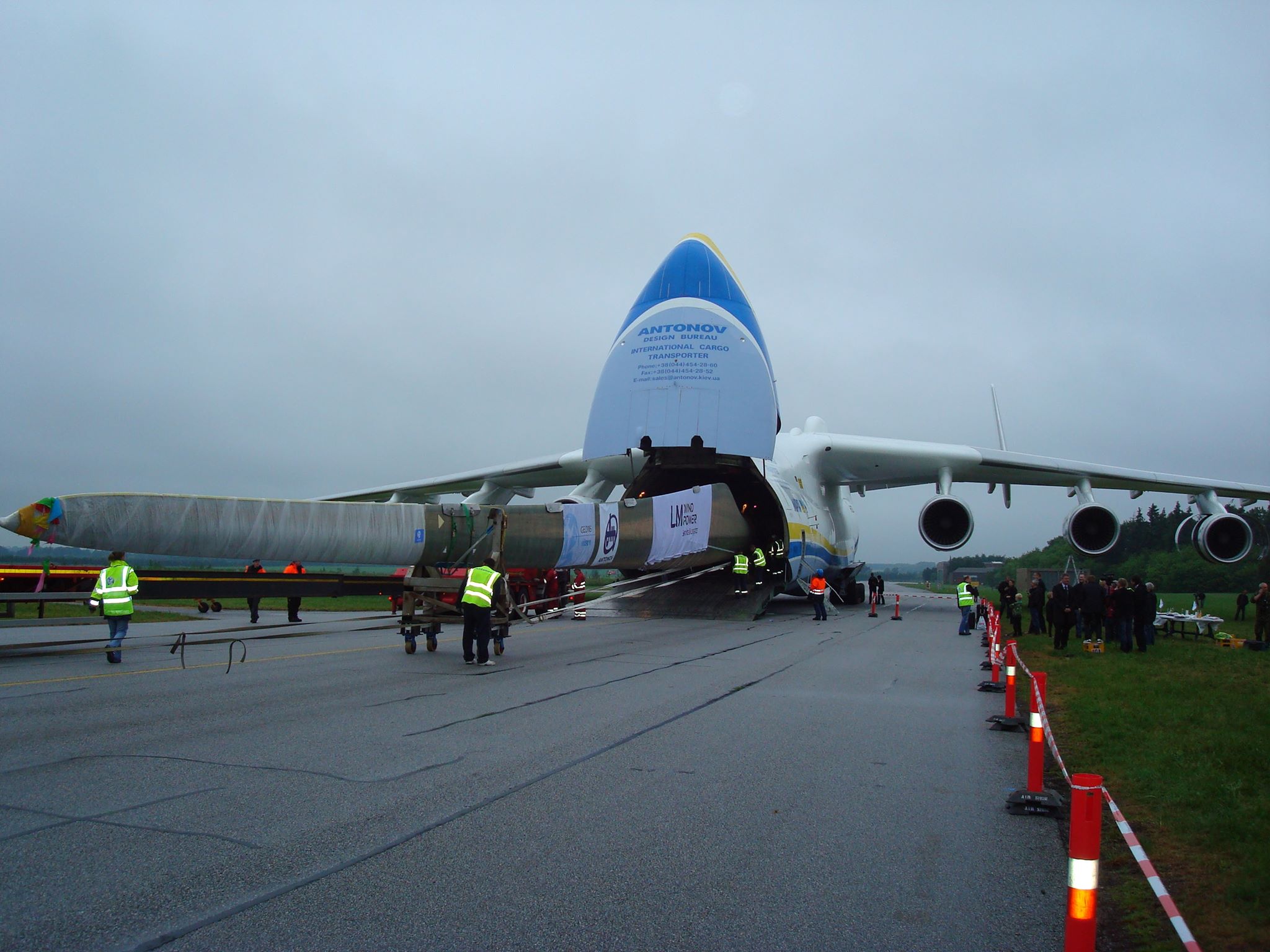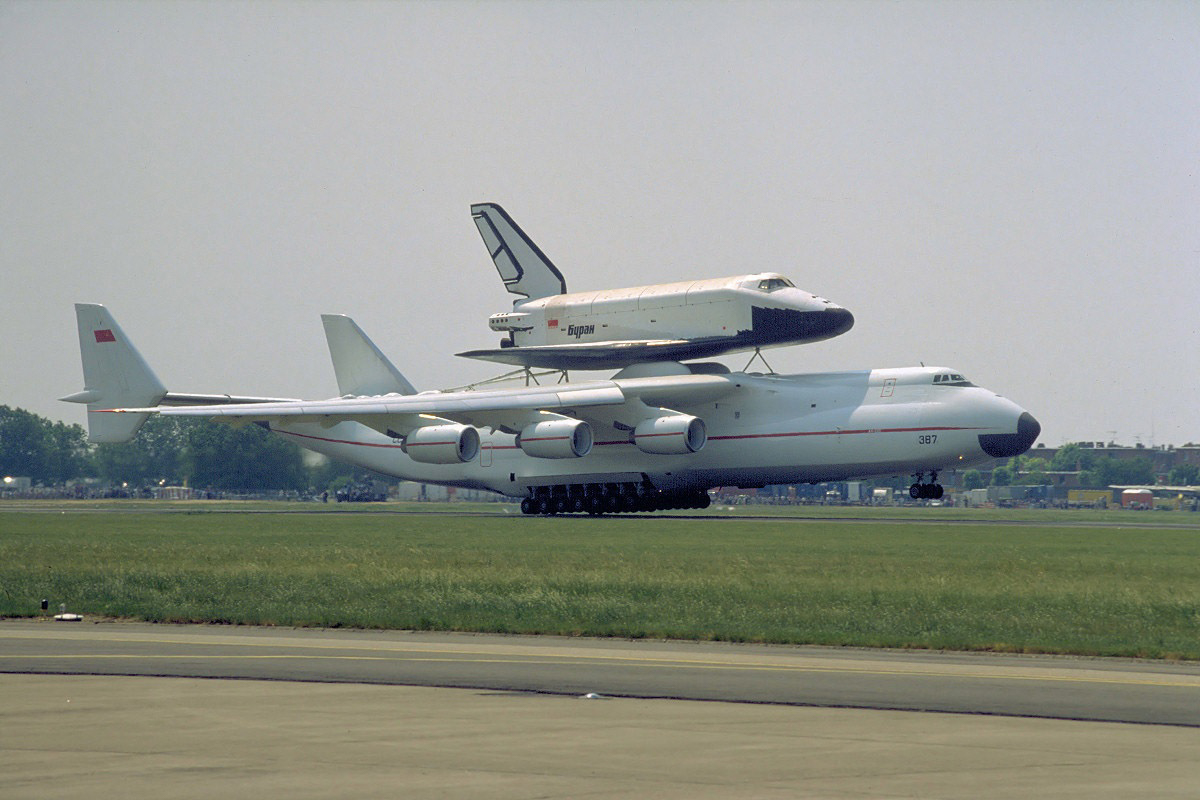The world’s largest, longest and heaviest aircraft ever built, the only one of its kind, — the six-engine AN225 Mriya — is scheduled to touch down in Perth on Sunday, May 15, Schenker Australia confirmed.
It will be delivering a 117 tonne power generator from the Czech Republic to Western Australia for a refinery, according to an agreement with the transport and logistics company DB Schenker.
In order to manage this ultra-heavy air lift for a mining resource client, the Antonov-225 Mriya has been selected to fly the long distance route between Prague and Perth. Karpeles Flight Services, the DB Schenker specialists for chartering of airplanes, handled the charter arrangements.
The aircraft is scheduled to arrive on the 15th of May 2016 after several refuelling stops en-route across Eurasia and South East Asia before it finally reaches Perth. The Project Management and execution of this challenging and exciting shipment will be handled by DB Schenker Adelaide and Perth Offices. The teams will work hand in hand with the supplier in Europe and the Western Australia site to ensure a safe and smooth delivery of the equipment.
It will stay in Perth for two days.
Today, the AN-225 is often put to work transporting objects that were once thought to be impossible to airfreight, such as trains and heavy plant equipment.
About 50,000 people visited Perth Airport in the 1980s to see the Concorde supersonic airliner. AN-225 is expected to attract a large crowd as well.
About An-225 [1][2][3]
Designed and developed in the 80s and originally earmarked to carry the “Buran” Spacecraft, the AN 225 is the only one of its kind in the world and has been utilized as a commercial freighter to assist with worldwide ultra-heavy cargoes and humanitarian relief work for the past 3 decades.
Equipped with 32-wheel landing gear, six-engine configuration, a ‘kneeling’ system for loading and a twin tail empennage with extended horizontal stabiliser, the AN-225 (registration CCCP-82060, subsequently UR-82060) really is one of a kind. Literally. There is only one in service today. Back in the late 1980s a second unit was ordered, put into production and partially built (with a modified design to allow a rear cargo door and single vertical stabiliser tail), but the collapse of the Soviet Union meant that the project was inevitably mothballed. Despite the rescheduling of the delivery date and persistent rumours that the aircraft is as much as two-thirds complete, nothing has come of it.
| Crew: 6 | Empty weight: (zero-fuel-weight) 175 tonne |
| Length: 84m | Max take-off weight: 600 tonne |
| Wingspan: 88.4m | Cargo hold volume: 1,225cbm (L 43.35m, W 6.4m, H 4.4m) |
| Height: 18.1m | Power plant: 6 x ZMKB Progress D-18 turbofans, 229.5 kN each |
| Wing area: 905sqm | Flight range with 200 tonne payload, 4 |
The design of the AN-225 is an evolution from its predecessor, the AN-124, which had been a record-breaker in its own right and remains to this day the world’s largest military transport aircraft.
It was developed by enlarging the An-124 – fuselage barrel extensions were added in front of and behind the wings, which were also enlarged to increase span. Two more Progress D-18T turbofan engines were added to the larger wing, bringing the total to six. Stronger landing gear with 32 wheels was added, and some of these wheels can be steered to enable the massive aircraft to turn within a 60-metre wide runway. It is not designed for short runway operations.
It also differs to the smaller An-124 by not having a rear cargo door and ramp – these were deleted to reduce weight. The tail was redesigned from a single vertical fin to have twin tails on a widened tailplane – this was necessary to allow the aircraft to carry outsized loads externally, such as the Russian Buran space shuttle.
Construction of a second An-225 was started in the late 1980s, but after the collapse of the Soviet Union and due to lack of funds, construction ceased in 1994 and it was placed in storage at Kiev.
In September 2006, Antonov announced that it would complete the second An-225 by 2008, but this was then delayed.
By August 2009, the aircraft was about 60-70% complete when work was stopped due to lack of funds. Completion requires at least $300 million and three years.
In April 2013, the Russian government announced plans to revive air launched spacecraft, using a modified An-225 as a mid-air launchpad, but the Ukraine/Russian conflict seems to have ended these plans.
Antonov had plans to build an even larger An-325 with eight engines, but this did not make it off the drawing board.
[caption id="attachment_2359" align="alignnone" width="1024"] Size comparison of the world’s largest aircraft. Drawing by Clem Tillier (clem AT tillier.net) – Own work, CC BY-SA 2.5, https://commons.wikimedia.org/w/index.php?curid=1098131[/caption]
Size comparison of the world’s largest aircraft. Drawing by Clem Tillier (clem AT tillier.net) – Own work, CC BY-SA 2.5, https://commons.wikimedia.org/w/index.php?curid=1098131[/caption]
[caption id="attachment_2360" align="alignnone" width="2048"] Photo: Antonov An-225 Mriya Facebook Community Page[/caption]
Photo: Antonov An-225 Mriya Facebook Community Page[/caption]
[caption id="attachment_2361" align="alignnone" width="1200"] CCCP-82060 Antonov An-225 Mriya (MSN 19530503763) of Antonov Design Bureau with Buran space shuttle atop at Paris Air Show – Paris-Le Bourget – June 1989. Photo via Buran-Energia.com[/caption]
CCCP-82060 Antonov An-225 Mriya (MSN 19530503763) of Antonov Design Bureau with Buran space shuttle atop at Paris Air Show – Paris-Le Bourget – June 1989. Photo via Buran-Energia.com[/caption]






